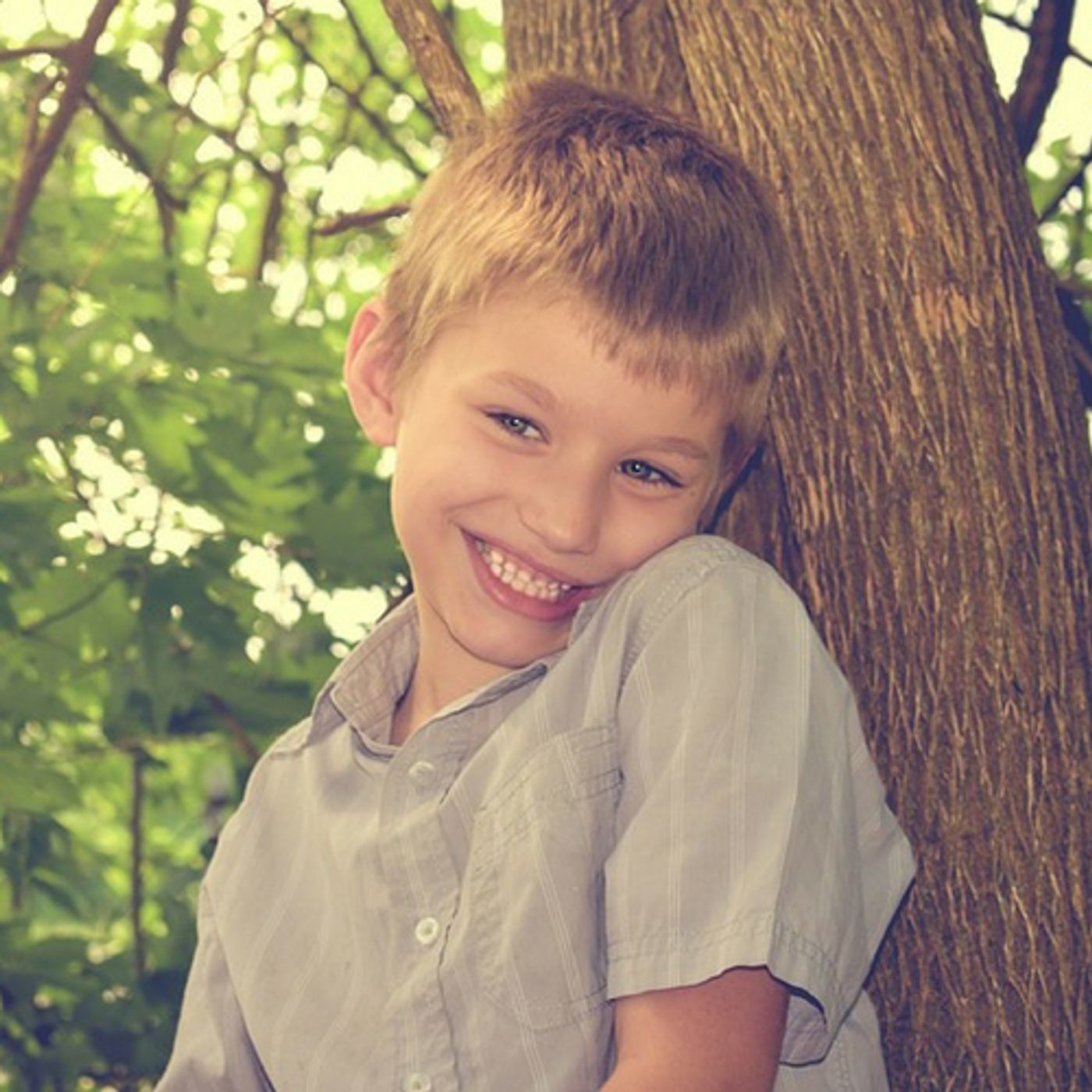Can Magnetic Stimulation Help Patients With Autism?
The latest numbers for the prevalence of autism in the United States show an increase in cases. In April the CDC released data that indicated 1 in 59 children in the US has an autism spectrum disorder (ASD.)
It’s more common in boys, with the CDC surveillance survey showing 1 in 37 boys have an ASD while in girls it’s 1 in 151. There is no cure for autism and no known cause, although several genes that are involved have been identified. Researchers at Deakin University in Australia are currently enrolling participants in a study to see if magnetic brain stimulation can help young people who have autism manage their social skills better.
The scientists at Deakin have partnered with The Alfred Hospital and Monash University. The goal of the study to investigate the use of non-invasive brain stimulation called “transcranial magnetic stimulation" (TMS) for improving social behavior. Much of the research into autism has shown that areas of the brain that generally process social cues and social communication are structurally and functionally different in patients with autism than in neurotypical patients. TMS will be applied to specific regions of the brain to increase neural activity in these areas.
The study coordinator, Dr. Peter Donaldson, is a research fellow in Deakin's School of Psychology. He explained the difficulties some patients on the autism spectrum have interacting with others, stating, "Individuals might find it challenging to understand what other people are thinking or feeling, and that can lead to difficulties and anxiety in social situations. ASD is not something that can be 'cured.' There is currently no medical treatment for core aspects of ASD like these, only behavioral interventions that generally need to be started with children early and intensively, so TMS could provide new medical intervention. The aim of this project is to determine whether TMS can be used to improve social functions, and to investigate any associated changes in brain activity."
Researchers already know that TMS creates a magnetic field that, when applied to the brain via a headband, can increase cellular activity in the mind. It’s a way to jump-start activity in parts of the brain where neurotransmissions are disrupted, whether from injury or illness. At UCLA in California, the Semel Institute for Neuroscience and Human Behavior (() has a TMS program that treats patients who have depression that has not responded well to medication. TMS is approved by the FDA in the US for the treatment of major depressive disorder. The team at Deakin hopes their work can show similar results for patients who have autism.
The study is enrolling volunteers between the ages of 14 and 30 who have a diagnosis of an ASD. The study period will last one year and will include TMS sessions, clinical assessments, and MRI scans. Those under 18 will need a parent or guardian’s permission to participate. To contact Dr. Donaldson’s team, please click here (https://www.researchgate.net/project/A-clinical-trial-of-theta-burst-stimulation-TBS-to-enhance-social-relating-in-autism-spectrum-disorder) The video below also includes information on the study.
.Sources: Deakin University Sydney Morning Herald Autism Speaks









